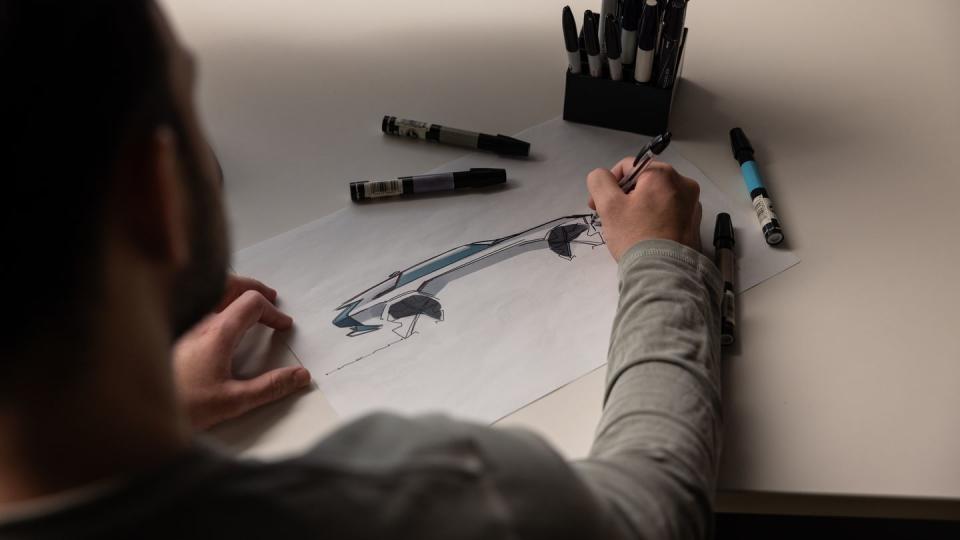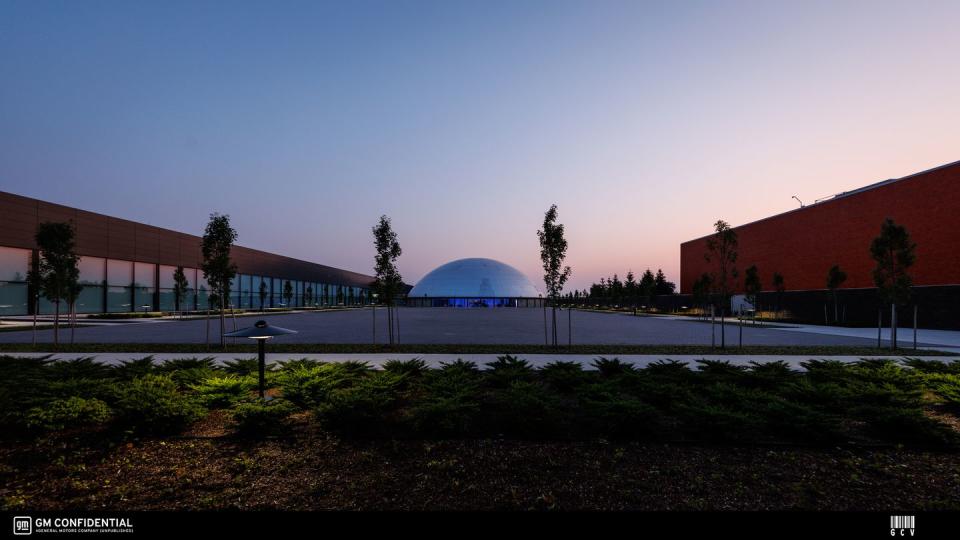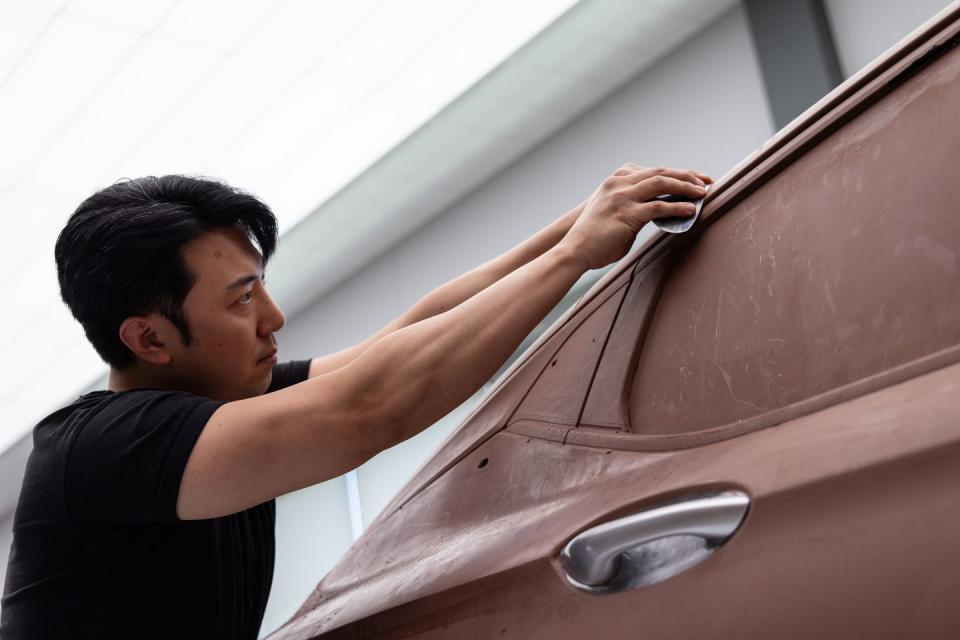We Go Behind the Scenes with Buick to See How Its New Identity Was Born

The Buick Envista made a splash when it arrived last year. While the turbocharged three-cylinder is sluggish, the Envista's sleek roofline and refined details have proven popular, with sales continuing to rise as it logged nearly 10,000 units in the first quarter of 2024. The Envista also promises to kick off a design revolution for Buick as the first clean-sheet vehicle using the design language introduced by the flashy Wildcat EV concept. We recently attended General Motor's new Design West facility, which opened last fall, getting a peek inside the Buick studio and a behind-the-scenes look at the design process and how Buick's new style came to be.
It may seem old-fashioned, but the design process still begins with a sketch. Bob Boniface, Buick's global design director, told us his team has a weekly sketch review, which he described as "lighthearted" and "the best meeting of the week." This get together is less focused on production vehicles and more on letting the imaginations of the team run wild. It allows the artists to pitch unorthodox designs and push boundaries, which Boniface says "reminds us why we do this."

This is also where a brand-wide design language begins taking shape. During a sketch review in late 2018, Boniface asked his team to pen the face of a vehicle "without any shackles." The freedom to explore worked—one young designer's sketch caught Boniface's eye, a dramatic yet elegant look that he thought could transform the face of the brand and translate across the lineup. The team further honed this theme, transitioning it from sketches to clay models.
This is usually the next step in the process, with the small-scale models crafted by hand by a team of skilled artisans. We saw a few clay vehicles on our visit to the studio, each constructed as half of a vehicle positioned against a mirror. This gives a sense of what the full thing would look like while saving the sculptors the time and hassle of shaping the entire vehicle. Above each hung a sketch, providing the inspiration for the model below.
While computers play a huge role in the design process, "there’s still no substitute to seeing and touching a vehicle," Boniface said. General Motor's senior vice president of global design, Michael Simcoe, visited the Buick studio one day in 2019 after the team had transferred the initial sketches of Buick's new design language to clay form. The model of what ended up as the Wildcat EV concept stopped Simcoe in his tracks, and he encouraged Boniface to explore the theme further.

The design was soon transferred to a full-scale clay model, at which point Boniface bestowed upon it the name Wildcat, drawing inspiration from a line of 1950s concept cars, one of which, the 1954 Wildcat II, sat in Design West's lobby during our visit. Typically, the designers create three to five small-scale models before going life-sized, a process which takes just a few days. While the smaller works are handcrafted, the larger pieces are milled by huge robotic machines.

 Yahoo Autos
Yahoo Autos 